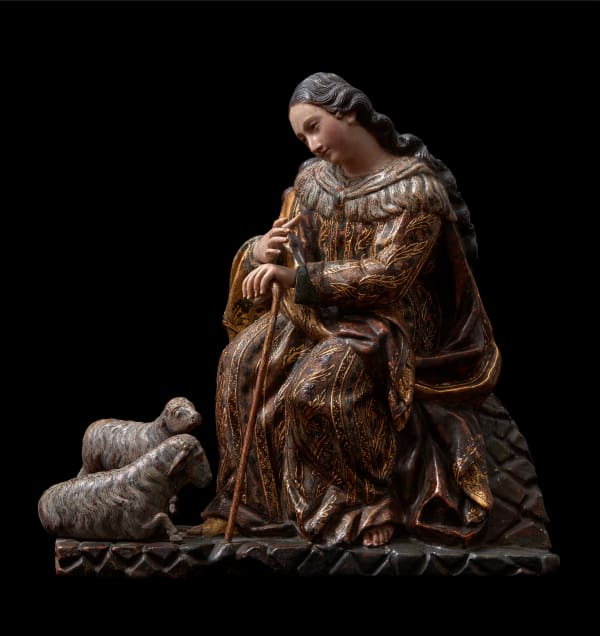As the Spanish consolidated their presence throughout the Americas, and the indigenous population converted to Catholicism, the need arose to illustrate the Christian narrative through devotional images. The creation of art and artisan craft schools directed by Spanish monks enabled talented local artists and European ones arriving in the Viceroyalties to create religious images presenting both naturalism and great realism. Religious imagery was decisive in the conversion of the native population and, subsequently, as an expression of an authentically mestizo society that was able to adopt the new religion as its own and lend a unique character to the astonishing sculptural works produced on the American continent. Each region had its own seal and distinctive characteristics: Guatemala attained the upmost in perfection and beauty in its works; the work of Ecuador strikes one with its powerful indigenous mark and magical realism, while Upper Peru produced pieces of extraordinary majesty, featuring sumptuous materials where brocade and dazzling arrays of colour predominate. In short, the religious imagery emerging from the New World constituted a breath of fresh air revealing a different artistic vision.












